Croatian migrants celebrate their SA history
News
The Catholic Church’s role in supporting migrant communities long before multiculturalism became entrenched in social policy has been highlighted by an exhibition of Croatian life in South Australia at Adelaide’s Migration Museum.
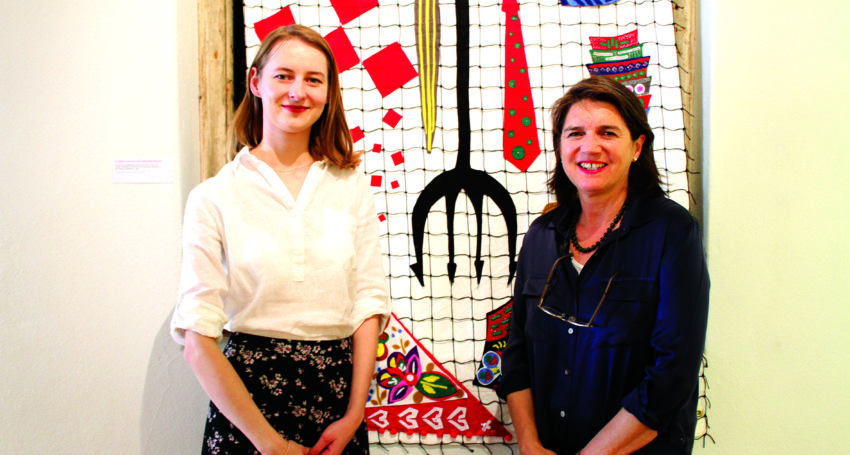
On display until August 31, the exhibition traces the contribution of Croatian migrants to South Australia in the decades following the Second World War. It was put together by the Croatian Community Council of South Australia which sourced artefacts, photographs and information from Croatian families and organisations as well as the Archdiocese of Adelaide Archives.
A major part of the display is the relationship between the predominantly Catholic Croatian community and the local Church, including the episcopacy of Archbishop Matthew Beovich, the son of a Croatian migrant.
Exhibition curator Dr Vesna Drapac said Archbishop Beovich had a special regard for all immigrants, and Croatians naturally gravitated towards him. The bishop was instrumental in the resettlement of two groups of Croatian boys who had fled Communist Yugoslavia in the mid-1950s. Their story was covered by The Southern Cross
at the time and there was also regular coverage of tensions between the Church and State in Yugoslavia.
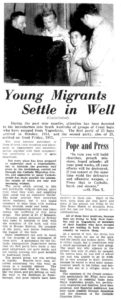
The Southern Cross article from June 17 1955.
“For Croatians who had fled Communism, this coverage was a vital source of information,” Dr Drapac said.
Most of the Croatians arriving in Adelaide in the 20th century were listed as Yugoslavs in their immigration papers but they rejected this label once they settled here.
They quickly established volunteer-run community organisations that broadened the understanding of their culture, language and history.
“The exhibition shows the different ways these groups played a role in helping new arrivals to find their feet,” said Dr Drapac, who is an Associate Professor of History at University of Adelaide.
Advertisement
“The relationship with institutions like the Church enabled Croatians to create their identity…the Church was so important in helping them identify as Croatians through religious banners and faith traditions as well as through its ministry to new arrivals.
“They were living multiculturalism before it was policy.”
Referring to a book English on the Way: A Shipboard Course for New Australians, Dr Drapac said it had belonged to Nikica Dusevic who came here as a young man and was ordained by Archbishop Beovich in 1963.
She said the Church also helped resettle a number of priests and nuns, some of whom ventured to regional areas to support their fellow countrymen who had gone there seeking work. In Coober Pedy Croatian Catholics helped build the first underground church in Australia, and they also had a strong presence in Port Lincoln, the Iron Triangle, the South East and the Riverland.
There are currently nearly 3000 Croatian-born immigrants living in Adelaide and more than 8000 descendants.
Advertisement
Co-curator and University of Adelaide PhD student, Katarina Klaric, has Croatian and Irish heritage. She said it was important that the Croatian community’s history was not lost and it was hoped that a number of the artefacts could be archived permanently after the exhibition.
Ms Klaric said while some Croatians had strong ties to particular community groups, such as soccer or the arts, they were not necessarily aware of all the different elements of the history of the community.
Migration Museum curator Nikki Sullivan said the exhibition had been very popular over the Easter weekend with many visitors saying they had come to see the Croatian exhibition.
Dr Drapac said the Croatian community was very grateful to Archbishop Wilson for allowing the Beovich items to be displayed and to Adelaide Archdiocese archivist Lucy Farrow for her assistance.



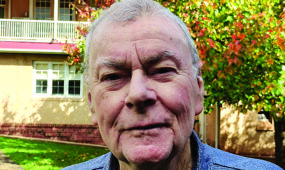
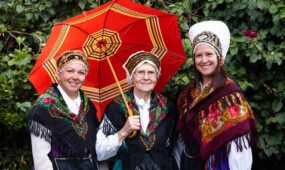
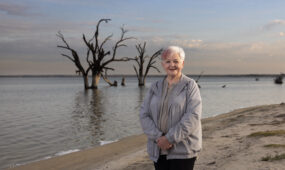
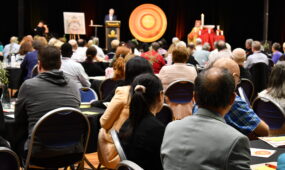

Comments
Show comments Hide comments